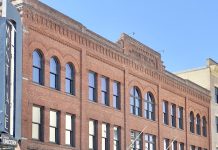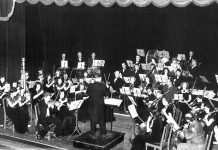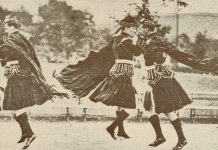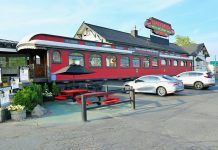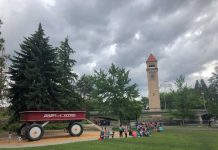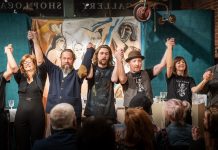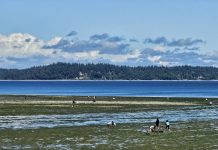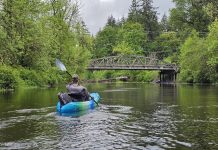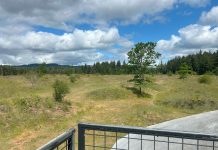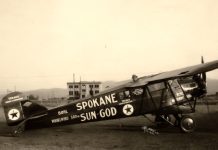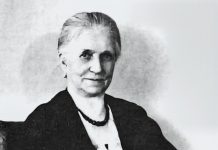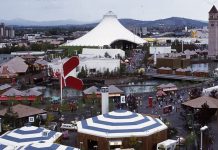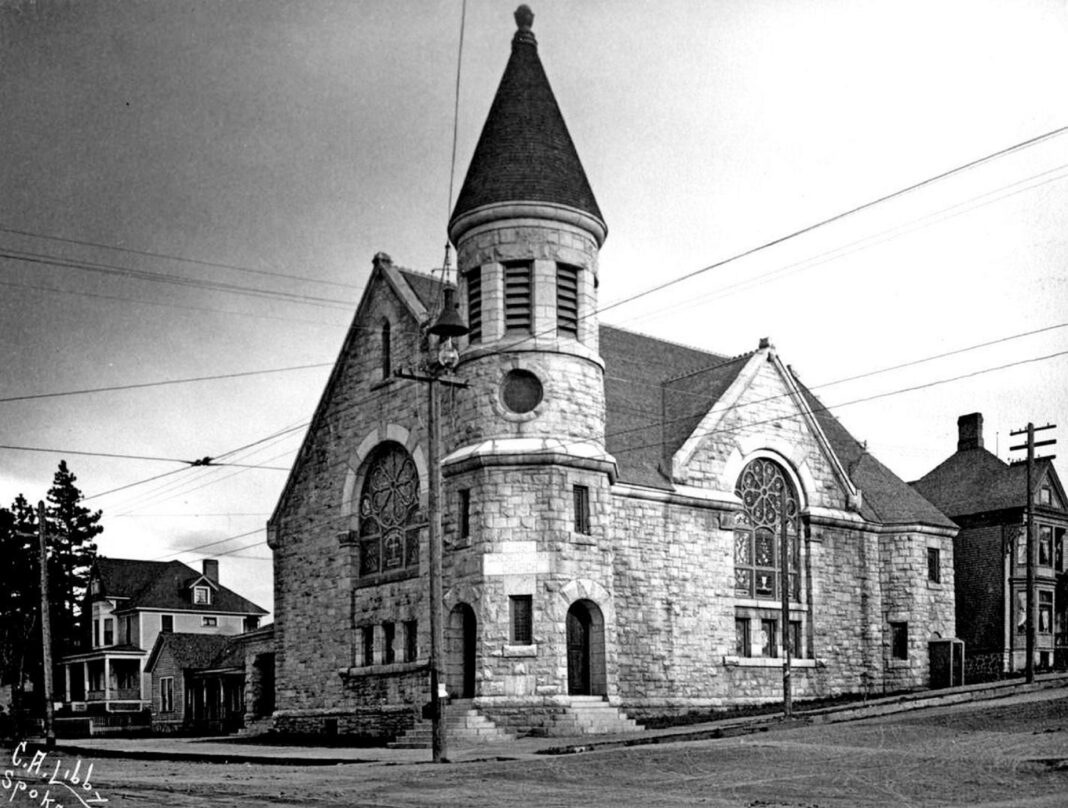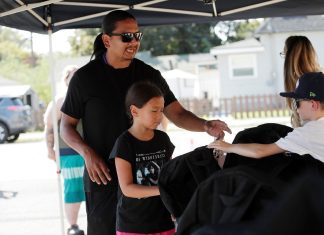Saint Mark’s Basilica, Saint Paul’s Cathedral, and Westminster Abbey are all famous churches scattered throughout the globe, enduring in the form of architectural masterpieces. Many of these majestic buildings have been around for centuries, leading the masses of generations to come and those gone. Since Spokane’s founding in 1881, it, too, has decorated the city with beautiful, historic churches that all stand proudly as a testament to faith.
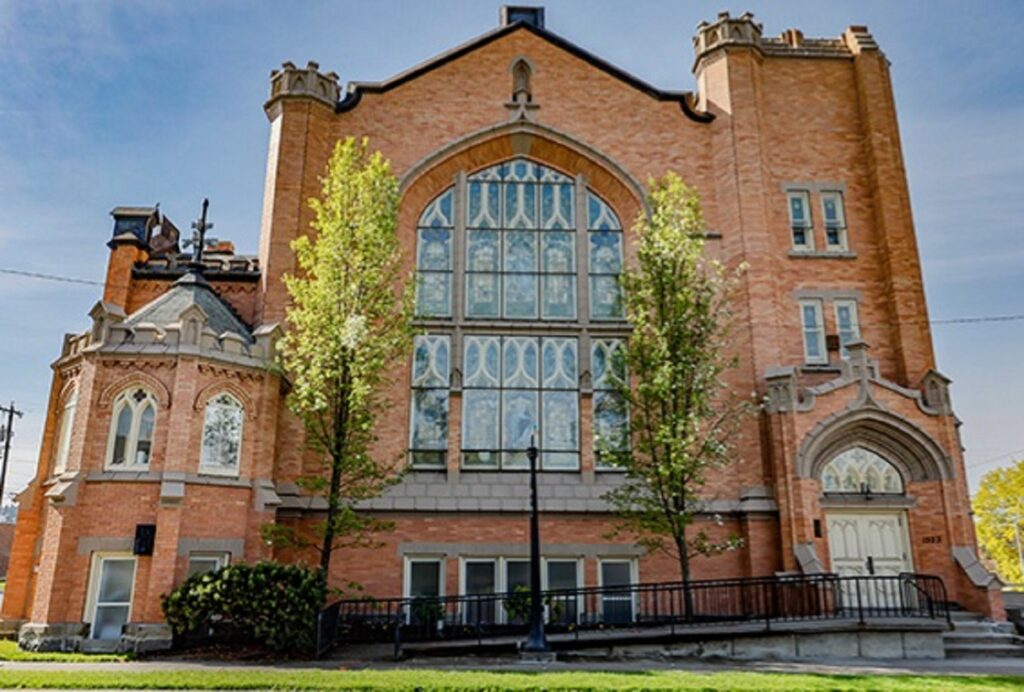
Grace Baptist Church
1523 W Mallon Avenue
Founded in the wake of the great fire of 1889, the Grace Baptist Church, then known as North Side Baptist Church, grew rapidly during the city’s boom period. By 1903 the congregation had hundreds of members, established several missions, and laid ambitious plans for an expansive new house of worship designed by prominent architect J.K. Dow. Dow completed the church that now sits on Mallon Avenue in 1911, making it one of the first churches built on the north side of the Spokane River.
It quickly became one of the finest churches in the city and, still today, reflects an exceptionally high degree of its original architectural integrity. It’s distinguished by its arched openings, buttresses, battlemented parapets, stained glass, and dramatic interior auditorium, all reflections of the building’s Gothic Revival Style architecture that influenced its creation.
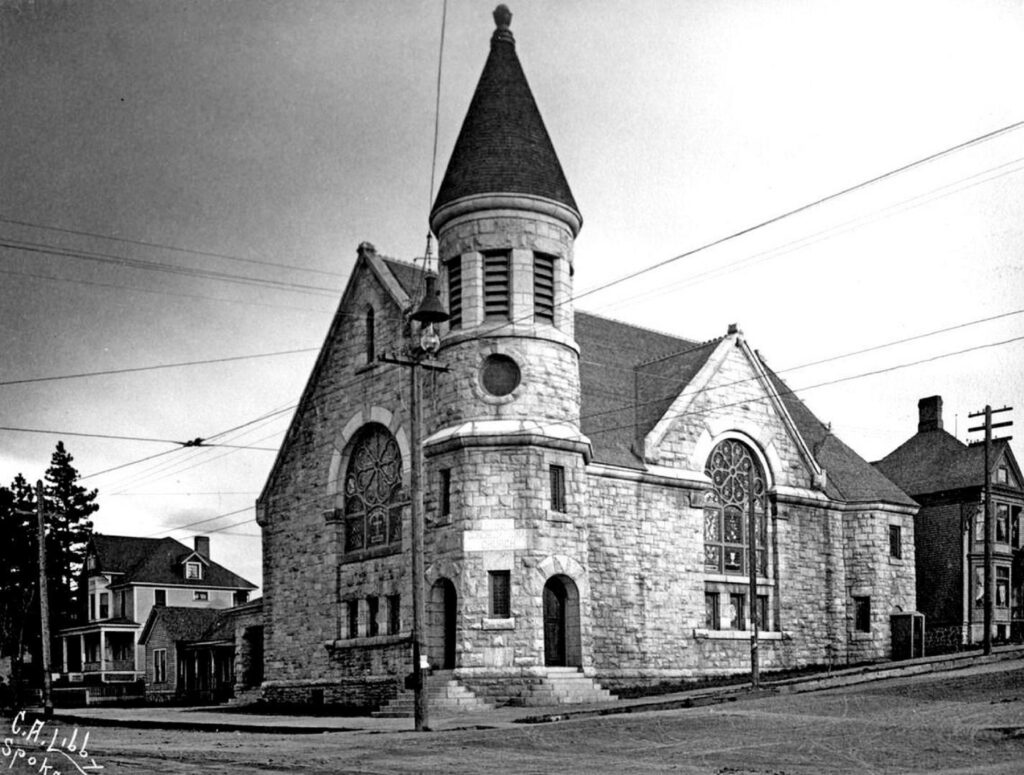
First Congregational Church of Spokane
411 S. Washington Street
Known today as the Westminster Congregational United Church of Christ, the First Congregational Church of Spokane is the oldest standing church standing in Spokane. It is also home to the oldest church organization in Spokane County, founded by pioneer missionary, the Reverend Henry T. Cowley, on May 22, 1879. Like Grace Baptist Church, it was built when the city was recovering from the great fire of 1889.
The church was finished in 1890 as a massive three-story Norman structure designed by Worthy Niver. Back then, other congregations built wood frame buildings, but First Congregationalists wanted to make a lasting monument. This has perhaps made the church the most historically significant of Spokane’s numerous churches, as it proved to be the standard of architecture for other religious organizations moving forward. The rough-cut granite building is one of the earliest stone churches in the Inland Empire, setting it apart from all others and adding to its overall visual appeal. Over a hundred years later, it still stands as a testament to their faith and their faith in the now bustling city.

Pacific Avenue Christian Church
2430 E. Pacific Avenue
The story of the Pacific Avenue Christian Church begins in 1898, when Rev. B. E. Utz, pastor of Central Christian Church, saw a need for a congregation in the Union Park region of the emerging city of Spokane. Two years later, in 1900, he organized a small group in a local building in the 1900 block of East Third. In those early years, the congregation moved around quite a bit, going through three buildings before settling at Pacific Avenue. The building was built in 1910, just three years after the congregation was officially established, with 75 members.
Highlights of the building are its pyramidal, witch’s hat steeple roof and pointed arch windows, giving the building some Gothic elements. Eventually, in 1951, the congregation decided to enlarge the church, spending $12,000 to buy the large, one-story building on the south side of the building from Farragut Naval Station and converting it into Sunday school classrooms. Sometime between 1967 and 1968, the church became the Zion Temple Church of God which it is more commonly known as today. It remained an active place of worship until 2015.
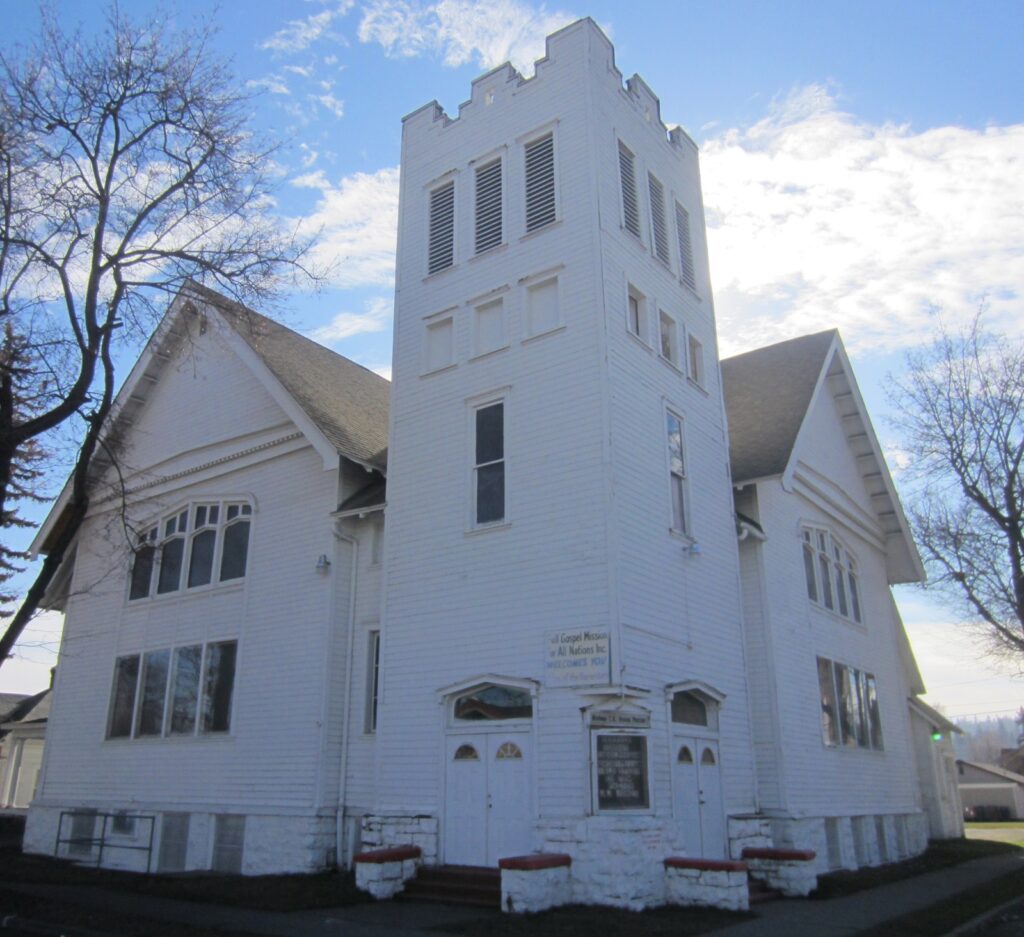
Third United Presbyterian
1912 E 1st Avenue
Many congregations have called the church on the corner of 1st and Magnolia in Spokane home since its creation in 1909. It was first known as the Third United Presbyterian Church, and its congregation was established in 1904. The large, two-story church with an inset corner steeple, stone foundation, cross-gable roof, and interesting architectural style with Victorian, Gothic, and Classical Revival details proved to be an ideal home for the growing flock. Within its first decade, additions were already being made to the church to accommodate the growth, adding a parsonage next door to the building and a garage.
Eventually, in 1948, the Third United Presbyterian and the First United Presbyterian churches of Spokane merged their congregations to create the Trinity United Presbyterian Church. It remained as such until the convocation dissolved in 1962. In April of that year, the Full Gospel Mission for All Nations, founded in 1958, moved from Wenatchee to Spokane and purchased the vacant church as a home for their flock. This would become a historically momentous occasion as the church, which had a predominantly African American assembly, was integrated at a time when integration was still a fighting word for many as our nation navigated its way through the Civil Rights movement. Today, the church still stands as Full Gospel Mission Church, an inter-denominational, full-gospel church that welcomes all walks of life to celebrate with them in their faith.
Spokane has undoubtedly added to the list of beautiful churches that decorate the world, each just as sturdy as the enduring faiths they represent.





